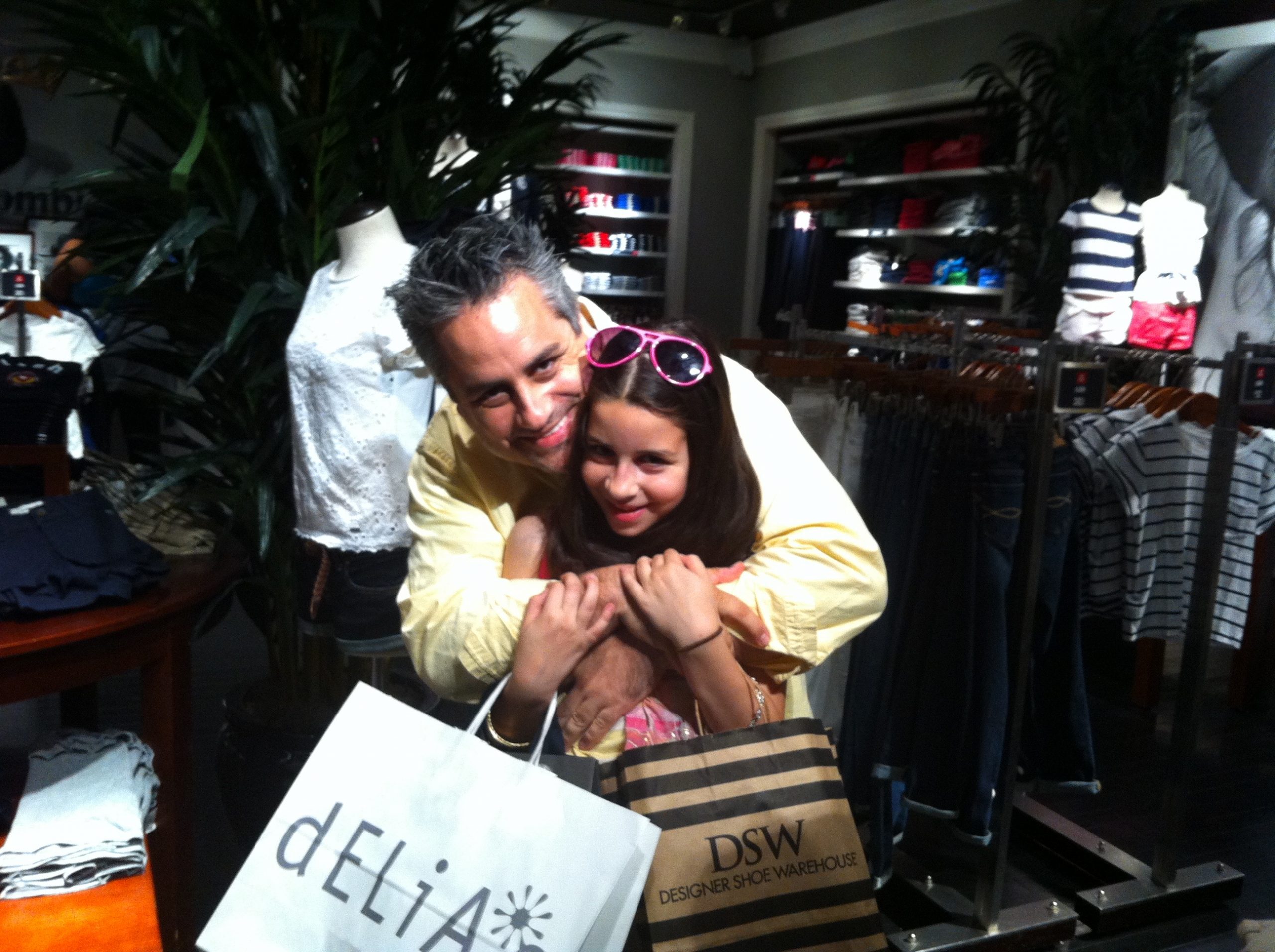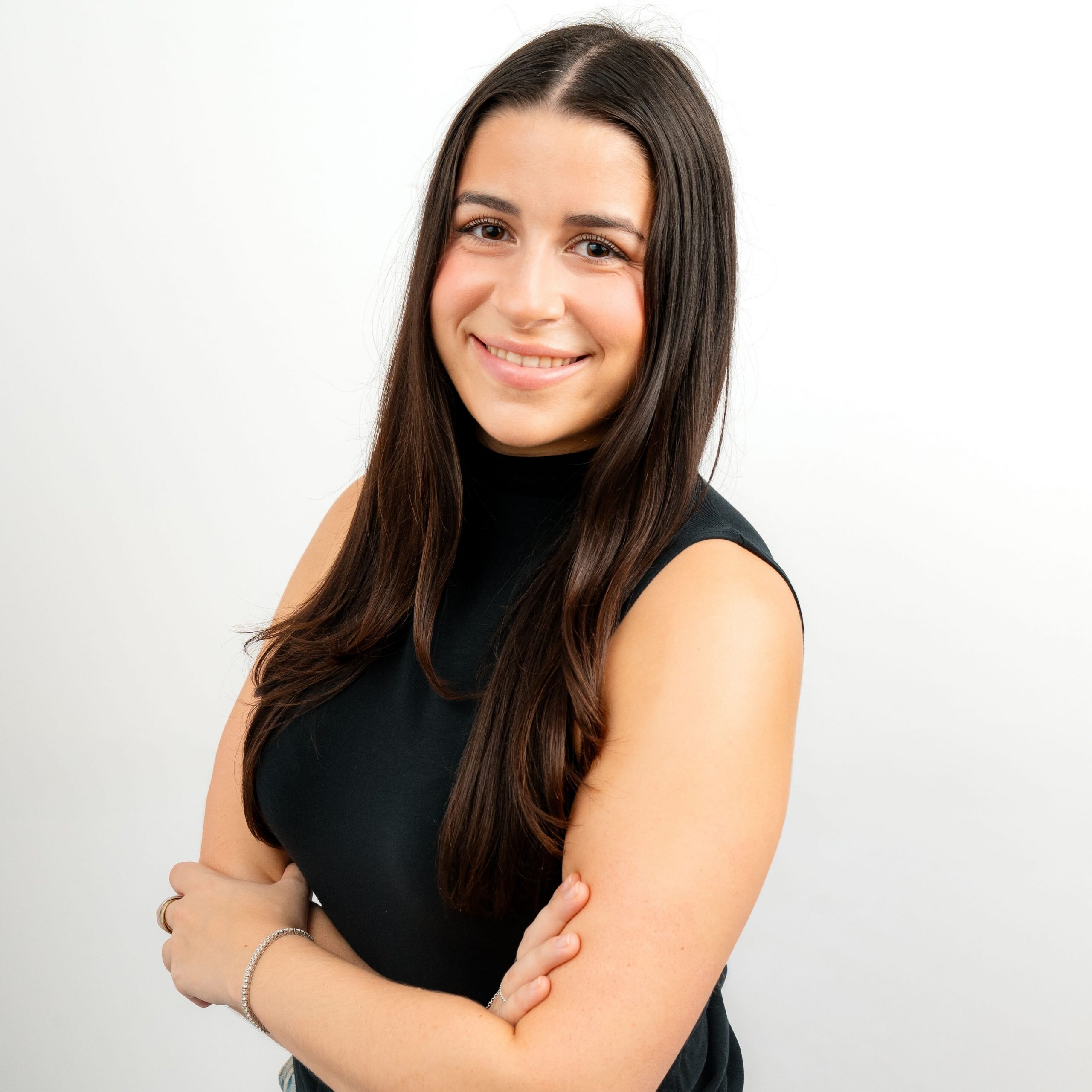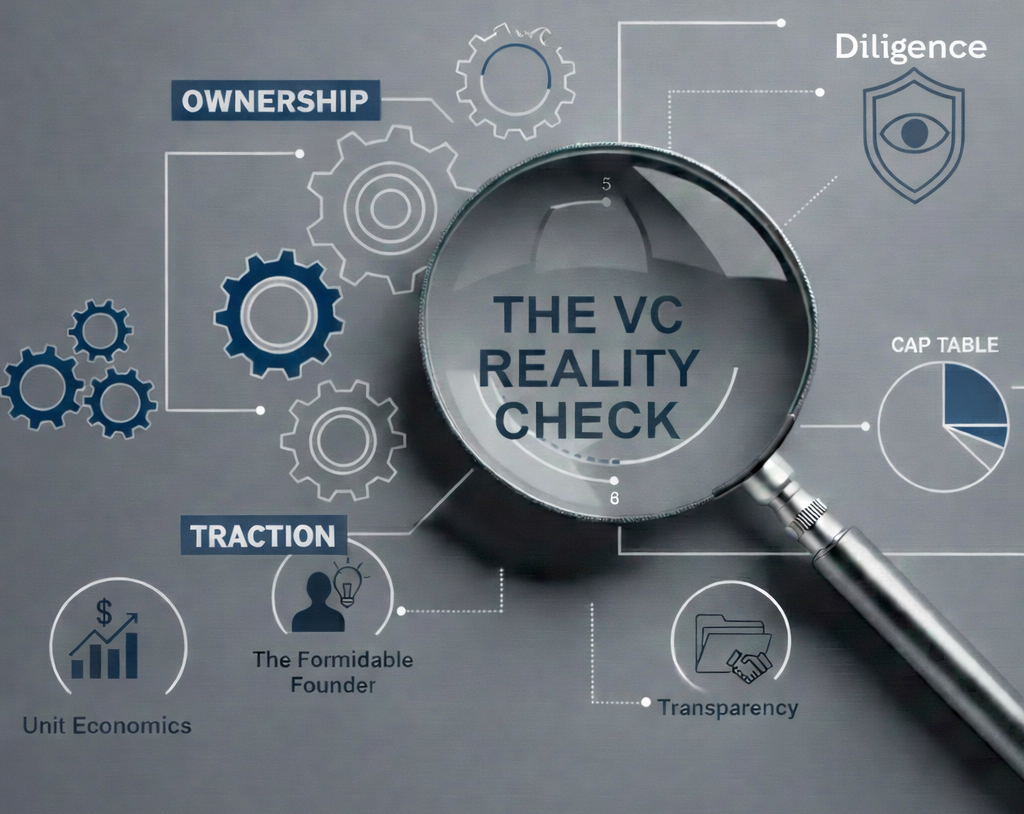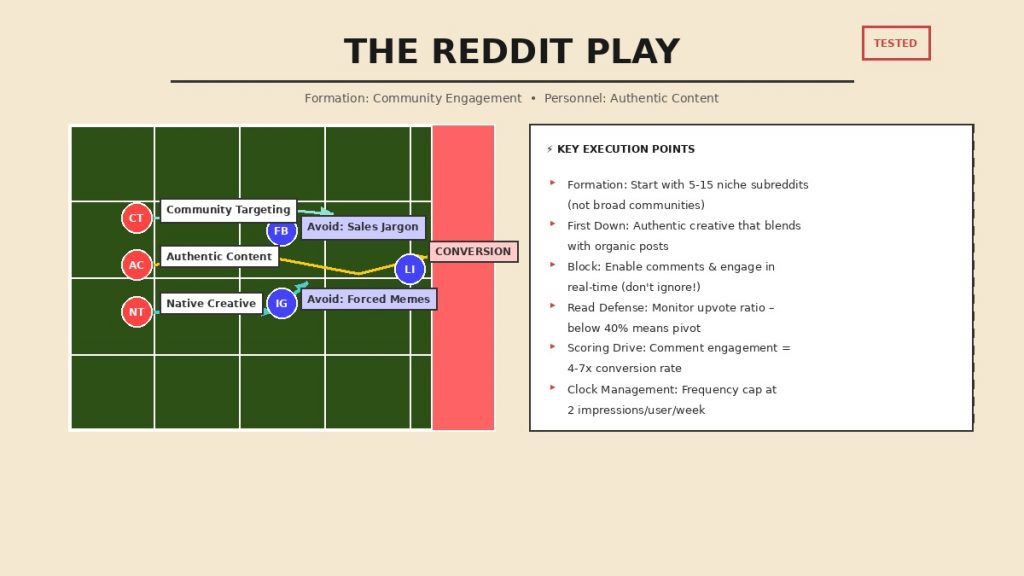Picture this: A 12-year-old girl in her room before school on Halloween, following a Michelle Phan makeup tutorial on YouTube.
That 12-year-old girl was me.
My first exposure to influencers was in the 2010s, with an ad on TV for YouTube about Bethany Mota and Michelle Phan.
The early 2000s ushered in a surge of social media platforms. It started in 2004 with the launch of Facebook. Then YouTube in 2005, Twitter in 2006 and then, in 2010, Instagram.
Facebook allowed users to connect with local communities. YouTube brought short-form video content to more screens. Instagram made everyone feel like a professional photographer.
Instagram introduced a new era of social media, encouraging the rapid launch of competitor networks, Snapchat, Vine (RIP) and Musical.ly, which we now know as TikTok.
So now that you are caught up on the timeline of prominent social media platforms, let’s discuss how influencers forever altered the trajectory of these platforms.
2000 – 2010
From the days of MySpace, you would connect with people by adding them as friends, and the number of friends you had was a marker of popularity.
Back in the 2000’s, no one was really MySpace famous. The influencers of the time were bloggers or YouTubers, but no one sat in the public eye quite like celebrities. Think Paris Hilton, Britney Spears, NSYNC – all people or groups who were looked up to by the masses.
Instagram’s follower model was unlike its predecessors, which were limited to showcasing your friends online. This platform’s focus on images allowed users to share fun and creative content with their followers quickly. This turned a user’s followers into a captive audience and customer base.
Some of the earliest influencers on the platform, including fashion bloggers, had a unique talent for capturing the attention of brands and followers alike.
2010-2020
Once Aimee Song and other fashion bloggers paved the way for others, anyone with a smartphone could capture their OOTD (outfit of the day) and share it across their platform for the world to see.
As I was growing up, so, too, was social media. I remember begging my mom for an Instagram or Snapchat account. Seeing my friends on social media, easily communicating with people and consuming content from our favorite YouTubers made me want to be a part of what we now know was the start of a new age of social media. Shopping where they shopped and sharing content the same way they did, I wanted to be like the influencers I was seeing online. I was an impressionable kid, like everyone else around me at the time, but enough about me.
Initially, Instagram was a super casual platform for my friends and me to post pictures we wanted to share with each other. It wasn’t about the likes or followers yet. We weren’t optimizing our posts for engagements or fitting our grid into a theme or aesthetic.
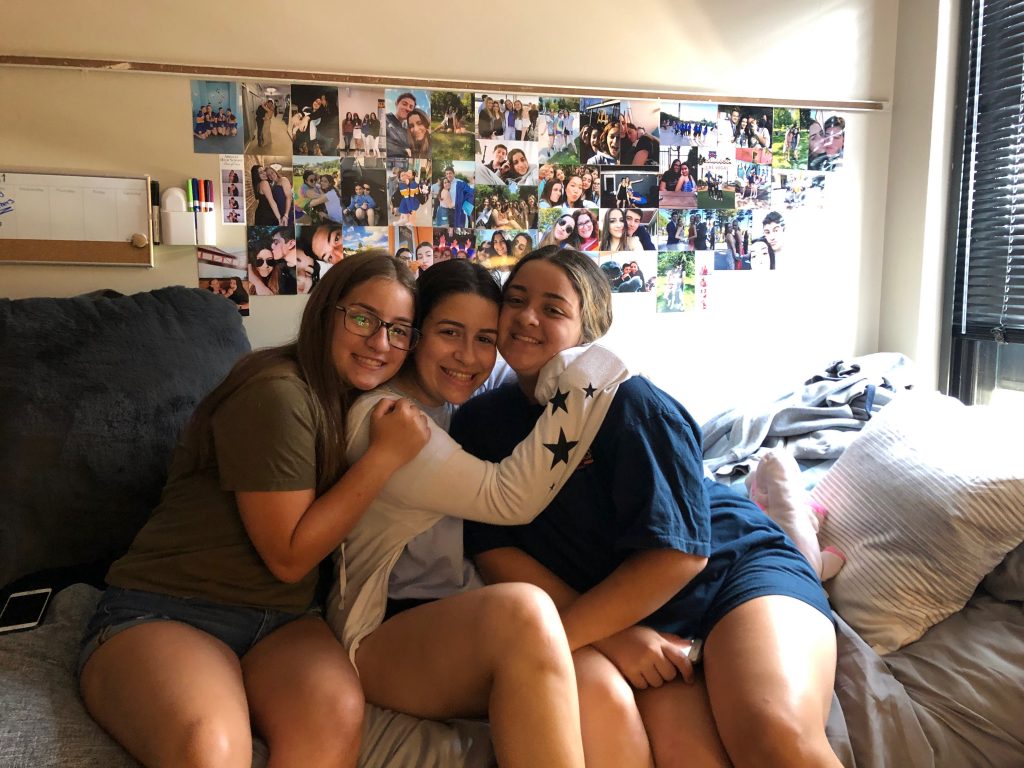
Many of the influencers from the 2000s joined Instagram when the app first launched, and many celebrities, like Ariana Grande, Justin Bieber, Harry Styles and Beyonce followed soon after.
The Kardashian-Jenner family, Jersey Shore cast members, and members from the Real Housewives cast all started joining social media. This is when we started seeing increased personal branding and brand partnerships for these celebrities.
It’s as though a switch had been flipped. Suddenly, these celebrities started to realize that they could leverage the personality and following they had built through their TV shows and use it to add relevance and increase financial opportunities through social media.
A quick numbers check-in: In 2010 when Instagram launched, the platform had one million users in the first three months. Five years later, the platform had around 370 million users.
After this, we witnessed the rise of social media influencers we recognize today and the introduction of TikTok (then Musical.ly), which ushered in a new type of influencer.
The app was popular among tweens and teens, and at its peak, it had 200 million users. Musers, as they were called, were the fans of the app, and the app welcomed influencers who were already accustomed to short-form video content on Vine. Cameron Dallas, Loren Gray, Liza Koshy and Jacob Sartorius were some of the popular few who had garnered a larger following thanks to Musical.ly.
Suddenly, we’re witnessing influencers who were not just posting for fun, they were making hundreds of thousands of dollars per post. Yes, per post!
In 2018, TikTok absorbed Musical.ly, and all accounts on Musical.ly were transferred to the new app. TikTok was already aggressively advertising on YouTube and paying celebrities to join the app to increase user downloads and daily app users. Similarly, in 2012, Facebook acquired Instagram for $1 billion, which started a consolidation trend to capitalize on ad spend and user base.
Although I downloaded TikTok in 2019 along with millions of others, it wasn’t until March 2020 and the COVID-19 pandemic that influencers saw a new wave of growth.
2020 – Now
The pandemic marked a significant turning point in influencer marketing. Schools closed. Everything moved online. Parents worked from home. People who were recently laid off were looking for supplementary income. Social media was how everyone stayed connected. People were spending more time scrolling on social media. In fact, content consumption in 2020 doubled to nearly seven hours daily, and the number of active social media users increased by 12.3% from October 2019 to October 2020.
Meet TikTok’s starting lineup of influencers: Charlie D’Amelio, Addison Rae, Bryce Hall and the Hype House.
By 2022, the influencer industry was worth a whopping $15 billion, and new influencers were popping up left and right. From fashion and beauty to sports, fitness, food and even cleaning influencers, there seemed to be an influencer niche in every category. TikTok also provided a platform for more people to earn an income by posting videos – no brand deals or partnerships required. Thus, more niches, more videos, and more platform users.
Influencers like Alix Earle, Jake Shane, Alex Cooper, the D’Amelio sisters and Mikayla Nogueira continue to shift the public perception of influencers.
Influencer marketing has changed
Influencer marketing is an extremely powerful tool. Eighty-three percent of marketers affirm its effectiveness.
By now, we’ve all seen the influence the Kylie Jenner’s and Alix Earle’s of the internet hold. At first, it was a specific group of people influencing anyone who would listen.
Now, intentional or not, influencers can be anyone. However, the niche is specific, and the target audience is a loyal following who find value in the 30-second video of an apartment being cleaned from top to bottom. The audience is also an increasingly younger demographic with buying power who continues to value the promotion of brands by these trusted influencers.
Influencer marketing also isn’t limited to Instagram or TikTok. As the tides of unemployment shift, job search platforms such as LinkedIn are a space for professionals and industry experts to share their insight into tools, programs and businesses that bring them success. We’ve started calling them thought leaders. The captive audience on LinkedIn has a bigger and bolder buying power than the Sephora kids, and they’re often the decision-makers at multi-million and billion-dollar organizations.
Bospar’s social team is well-versed in the power of influencer marketing and thought leadership. Companies and brands are leveraging the power of influencers more than ever before. We see it every day, a new viral product is selling out in minutes after an influencer uses or talks about it. The old marketing tactics frankly aren’t cutting it in this era of the influencer. Our social team is expert in influencer marketing, and we’re here to help you harness the power of social media across various platforms and tap into the audience of your unique niche.
